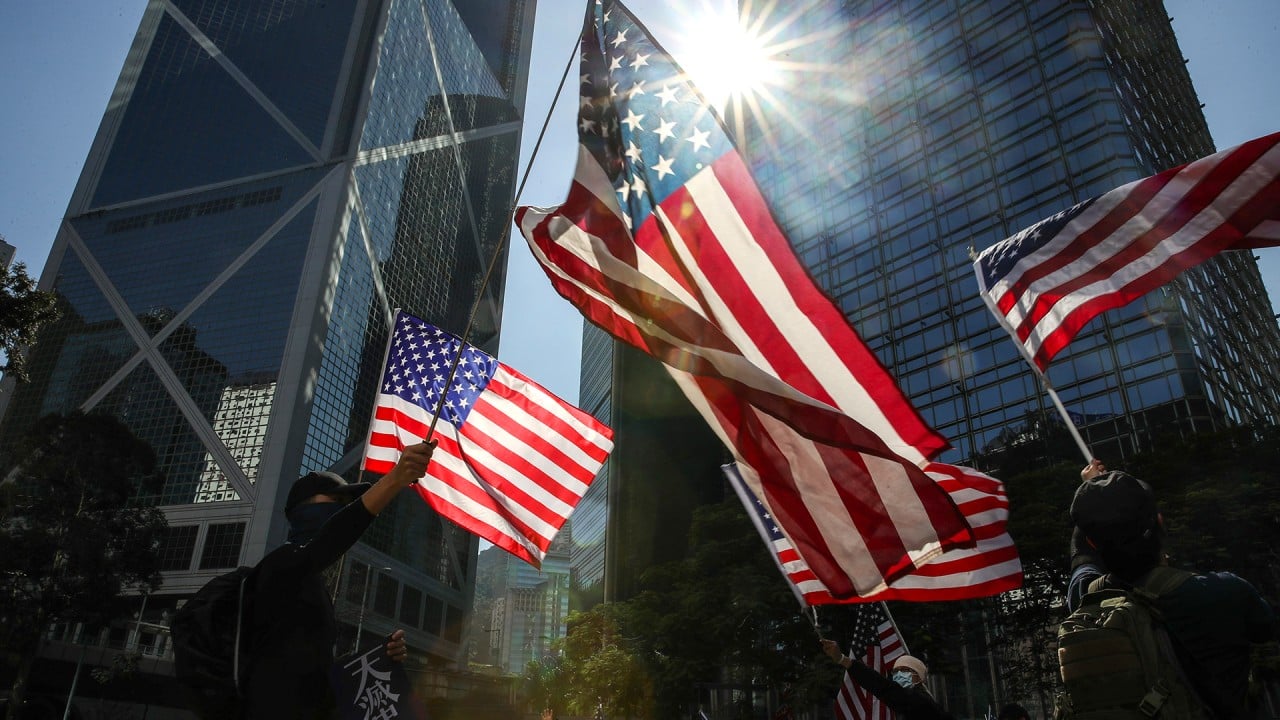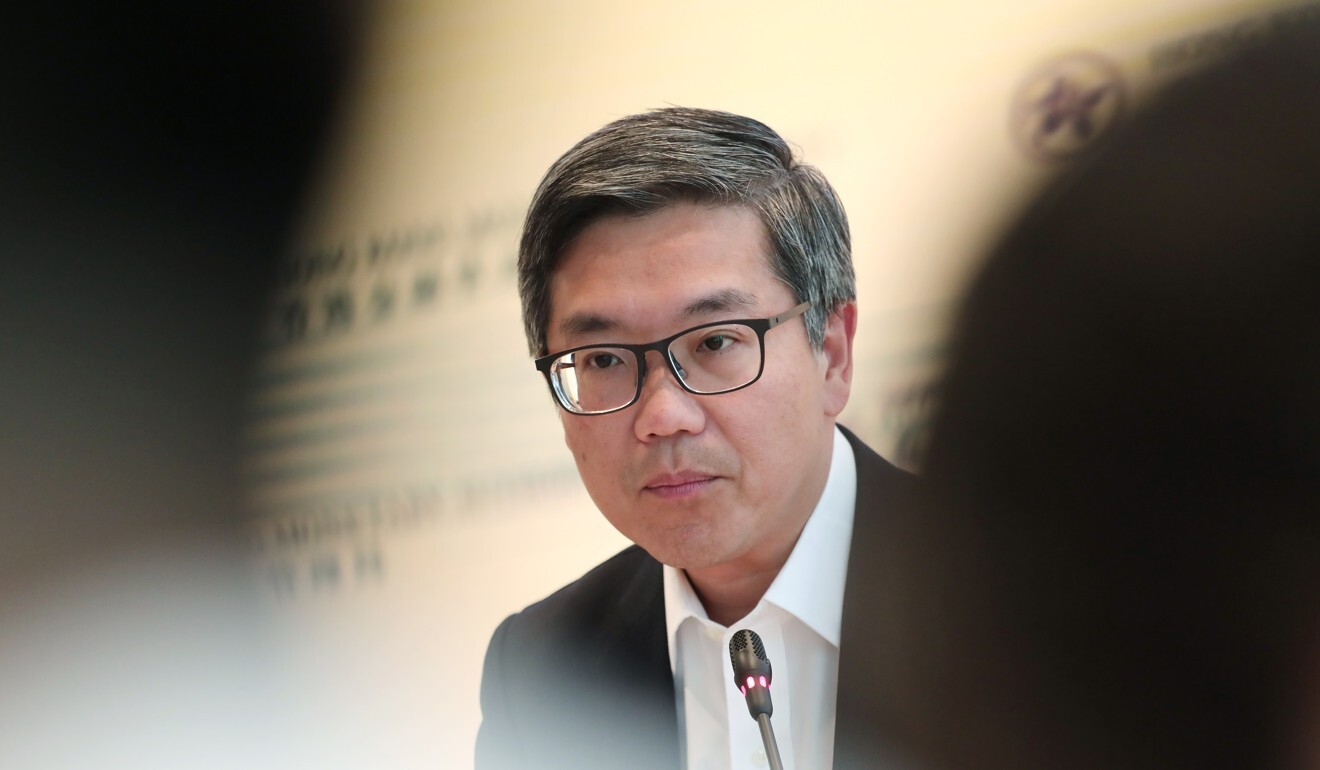
Hong Kong’s low-interest rate regime will help the city’s stricken economy get back on its feet quickly
- HKMA is likely to keep its interest rate unchanged after the Federal Reserve indicated that its rates will remain close to zero until the end of 2022
- A total of HK$48.1 billion has flowed in Hong Kong market since April, forcing the HKMA to intervene 16 times in the market to defend the peg
The Hong Kong Monetary Authority will follow the US Federal Reserve in keeping interest rates close to zero through 2022 to support the battered economy, a strategy that is set to attract fund inflows into the city despite concerns surrounding the proposed national security law and the coronavirus pandemic, according to analysts.
Under the peg-linked system, Hong Kong will follow in lockstep with the interest-rate policy of the US, which means interest rates in the city will stay close to zero through 2022, said Bruce Yam, currency strategist at Everbright Sun Hung Kai.
“[This means] low-funding cost for individuals and corporates, [which] will help reboot the economy,” Yam added.
The 50 basis points interest-rate gap between the central banks’ rates in Hong Kong and the US has led to traders parking their funds in the city in so-called carry trades. The carry trade has lost some of its sheen since March when the one-month Hibor (Hong Kong Interbank Offered Rate) was 130 basis points higher than its US counterpart, which has since narrowed to about 60 basis points premium this week.

06:21
Hong Kong and the US: how much do they rely on each other economically?
Eric Tso Tak-ming, chief vice-president of mReferral Corporation, said capital inflows and low interest rates will continue to support the local property market. He said that Hibor-related mortgage rates have fallen by one percentage point since April, allowing borrowers to save about HK$1,894 a month based on a typical HK$5 million mortgage loan with a 30-year tenure.
During that period, the Hong Kong dollar tested the upper end of the peg’s range repeatedly, prompting multiple interventions by the HKMA, a scenario which has been repeated many times this year.
But some investors, including US fund manager Kyle Bass, have been shorting the Hong Kong dollar since last year in a bid to break the peg, which has been in place since 1983. The founder of Hayman Capital Management plans to use options contracts with 200 times leverage, betting the peg will break in the next 18 months, according to a recent Bloomberg report. A Hayman Capital spokesman said the company was “not in a position to comment at this point” in an email inquiry by the Post.

Yuen declined to comment on Bass’s new bet or the details of losses suffered by the short sellers, only highlighting that the Hong Kong dollar has strengthened by over 1 per cent from 7.84 per dollar a year ago to 7.75 recently.
Yuen said the data shows there has been no capital outflow even after the national security law had sparked fears that some investors would rush to exchange their Hong Kong dollars into US dollars.

